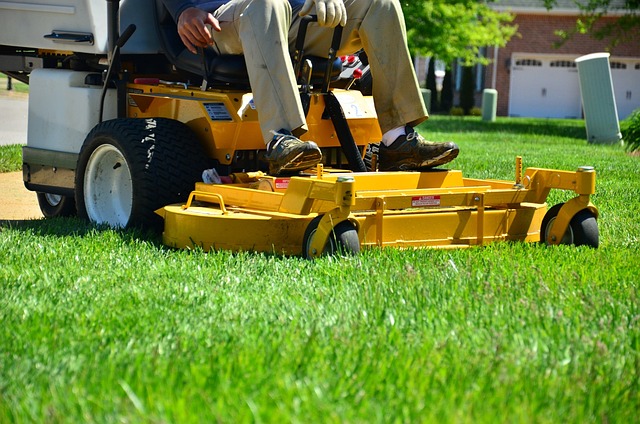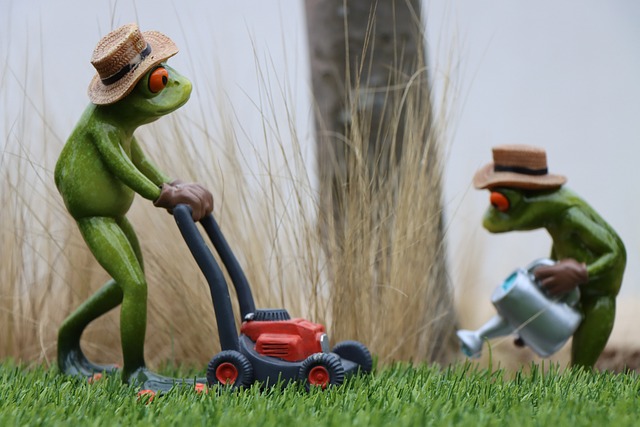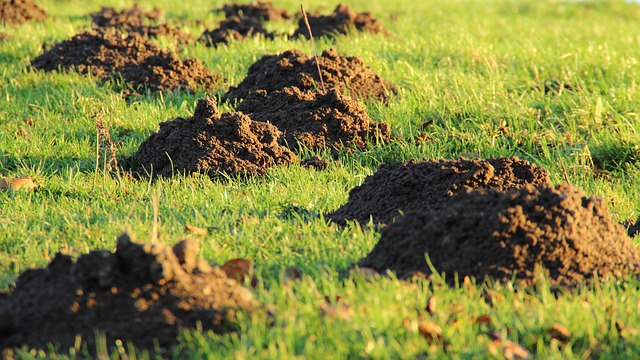- Understanding Tree Trimming and Pruning: Benefits and Best Practices
- The Role of Professional Lawn Care and Landscaping Services in Tree Maintenance
- Tips for Effective Tree Trimming and Pruning: A Comprehensive Guide for Homeowners
Understanding Tree Trimming and Pruning: Benefits and Best Practices
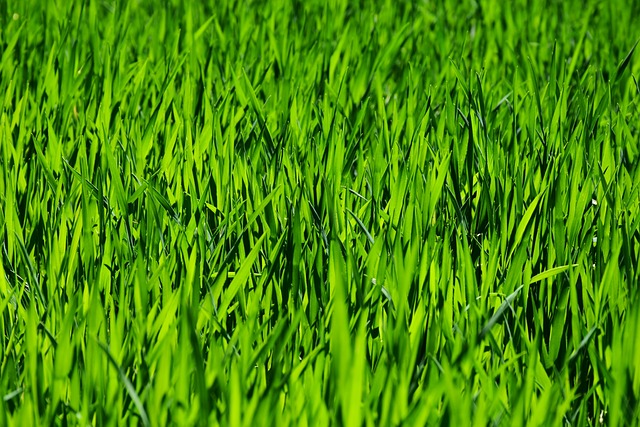
The Role of Professional Lawn Care and Landscaping Services in Tree Maintenance
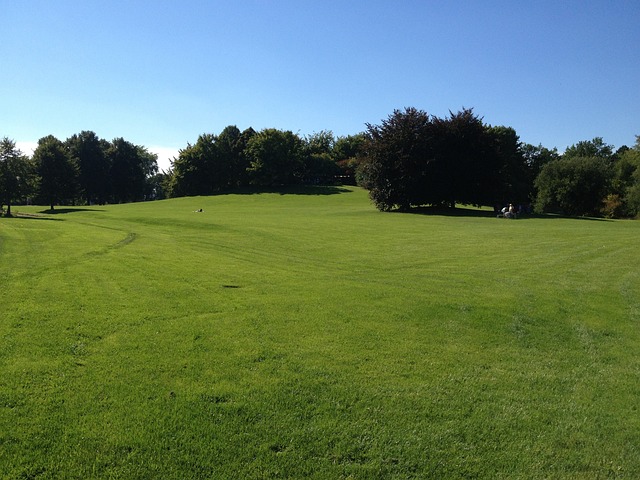
Professional lawn care and landscaping services play a vital role in maintaining the health and aesthetics of trees within residential and commercial landscapes. With specialized equipment and expertise, these professionals offer tree trimming and pruning services that are often indispensable for proper tree care. Improper or inadequate trimming can cause damage to tree structures, leading to weaknesses and potential safety hazards over time.
Landscapers skilled in lawn care employ techniques tailored to different tree species, ensuring the preservation of their natural forms while enhancing their growth. Regular maintenance includes removing dead or diseased branches, shaping trees for better air circulation and sunlight penetration, and controlling the overall size and form. By scheduling routine tree care, property owners can expect improved tree health, extended lifespans, and enhanced curb appeal, ultimately contributing to a more vibrant outdoor environment.
Tips for Effective Tree Trimming and Pruning: A Comprehensive Guide for Homeowners

Effective tree trimming and pruning are essential aspects of lawn care and landscaping, ensuring your trees stay healthy, vibrant, and aesthetically pleasing. Start by identifying the purpose of trimming or pruning—whether it’s removing dead or diseased branches, thinning crowding limbs for better air circulation, or shaping the tree for aesthetic appeal. Proper timing is crucial; late winter or early spring is often ideal for most tree species as it minimizes stress and promotes healing.
Use the right tools for the job, such as sharp pruning shears, loppers, or chain saws suitable for larger branches. Make clean cuts just outside the branch collar (the swollen area where a branch joins the trunk). Avoid leaving stubs, which can lead to decay and infection. Maintain a 45-degree angle when cutting to promote water runoff and reduce the risk of disease. Regular maintenance will not only enhance your property’s curb appeal but also contribute to the long-term health and longevity of your trees.
Tree trimming and pruning are essential aspects of lawn care and landscaping, promoting healthy tree growth and enhancing outdoor aesthetics. By understanding the benefits and best practices, homeowners can effectively maintain their trees. Professional services play a crucial role in providing expertise and ensuring optimal results. Following comprehensive guides and incorporating tips tailored for homeowners allows for efficient tree management, contributing to both the beauty and longevity of your landscape.
